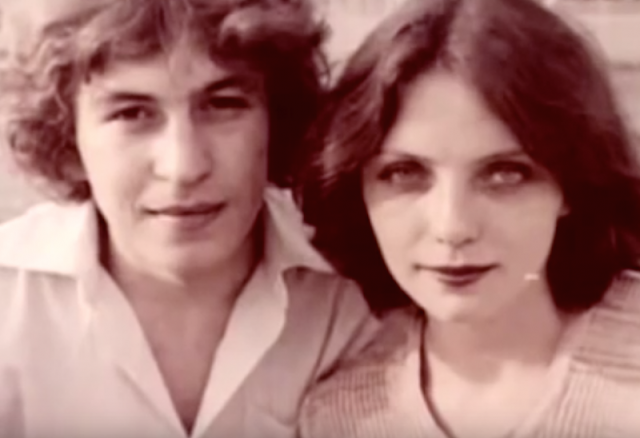The Mummy Of India : Sangha Tenzin
Egypt, Pyramid and Mummies have attracted human interest since the fateful day of 1881 when Princess Ahmose was first discovered.
Since then countless men has dedicated their lives to excavating and study of dead royals of Egypt. Mummification needs complex process and chemicals that we have been made to learn from text books.
Well lets take a flight and come to India to visit - The Mummy Of India : Sangha Tenzin.
When Columbus was just touching down in America, a Buddhist monk was mummifying himself in distant India — to free his village from a plague of scorpions. The monk, or lama, known as Sangha Tenzin is probably the only mummy in India to have undergone natural mummification.
Gue, a tiny hamlet in the Spiti valley of Himachal Pradesh is probably the remotest inhabited village of India. It is almost on the Indo-China border. Though the roads are broken and treacherous one will not be bothered. Instead one will be lost in scenery and beauty of secrets of nature.
A colourful arch invites you into the village of Gue. From here, it’s an 11 km drive along a narrow road abutting the mountains. There are hardly a dozen houses in the village and the mountains engulf it from all sides. The last structure in the village, atop a small knoll, is said to house the mummy. The icy breeze sets the right temperature for a visit to a mummified lama.
The lama is kept inside a small glass box. The reflection from the mountains lends it a karmic connection. In 1975 an earthquake in northern India loosened the soil around the place. Locals tells that blood oozed out from the ground when people were digging the area to build houses. This led to much fright among the villagers. In 2004, the local police excavated the tomb and removed the mummy.
Though the mummy is dated to be almost 500 years old, it has a certain air of freshness. The lama seems lost in contemplation as he looks over the valley. The mummy is so well preserved that even hair and teeth can be seen.
Natural mummification is an extremely difficult process. When the monk is alive, he begins a slow process of starvation and ceases to eat barley, rice, and beans, which add fat to the body. Also, in preparation for death, he runs candles along his skin, drying it out. The monk dies of starvation in a seated pose. Fat putrefies after death, and by removing the body of fat, the monk can be better preserved. Following his death, he is then placed in an underground room for three years, to continue drying out before again being treated with candles. The monk becomes a statue in prayer.
It is believed that when Sangha Tenzin's soul finally left his body, a rainbow appeared across the sky and the village was rid forever from scorpions.
The three articles I used for researching this blog are :






Comments
Post a Comment